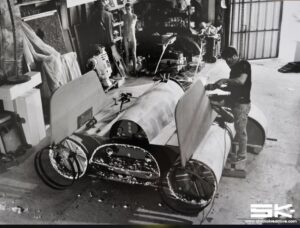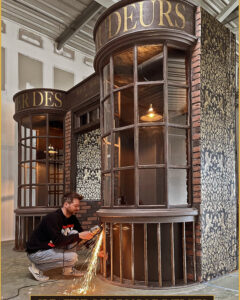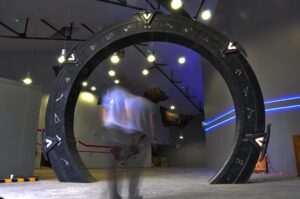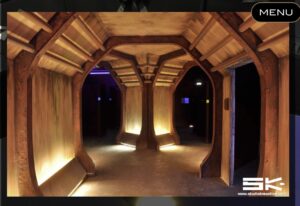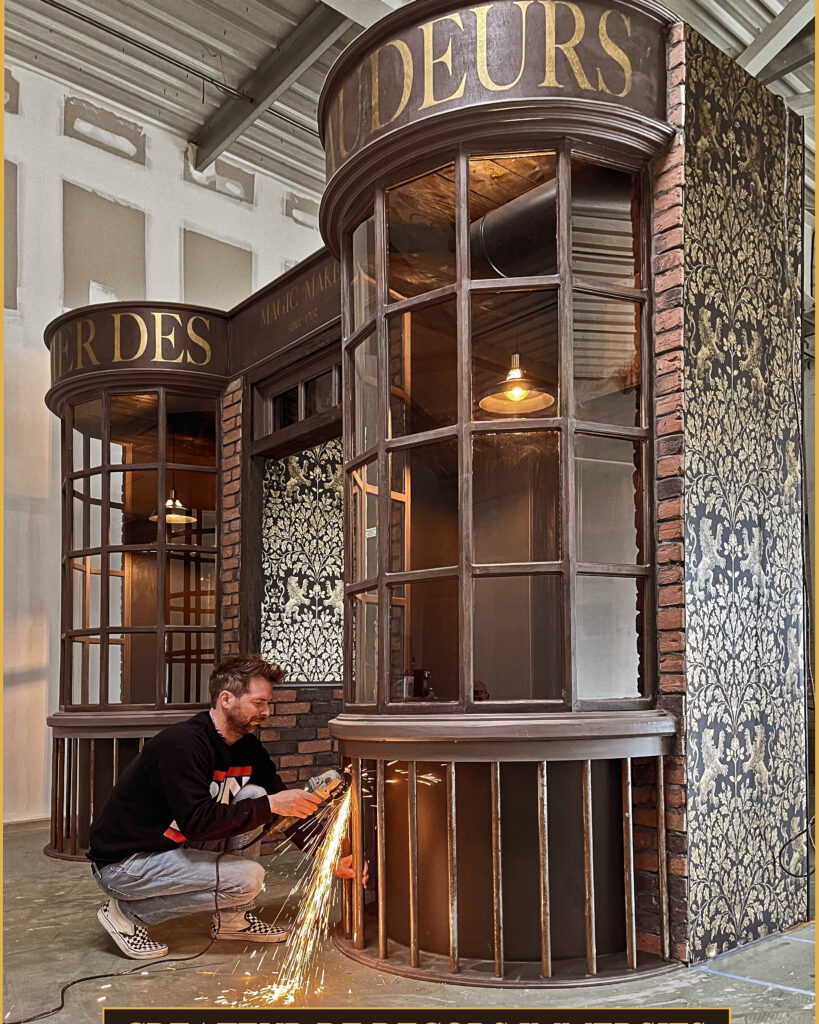
Le terrier des maraudeurds
Le Terrier des Maraudeurs c’est ici que vous trouverez ce lieu, une réplique de la boutique d’Olivander le marchand de baguette.En Gironde á Biganos plus précisément vous pourrez découvrir ce nouveau lieu de produit pop culture des plus grosses franchises ,Disney, Harry Potter et du Manga. https://lesessentielsdubassin.com/rencontre-avec-gaetan-et-yoann-le-terrier-des-maraudeurs/
Les étapes de construction
L'utilité des Master Class
Découvre vite la nouvelle vidéo sur les techniques de patine.
Des vidéos qui te rendront autonome avec un savoir-faire unique et un développement de la créativité sans contrainte ni limite.
Souscrit vite ton profil pour recevoir toutes les newletters et les nouvelles parutions de Master Class.



